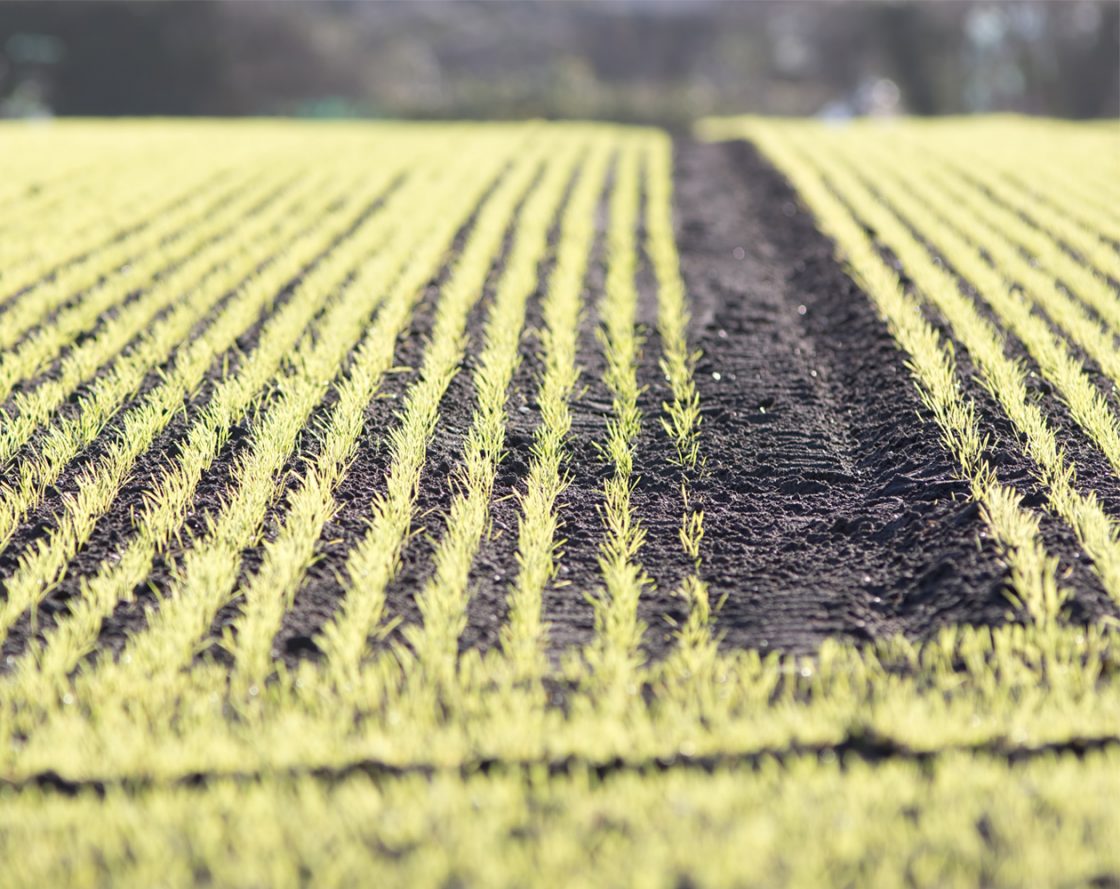
You’ve heard of organic farming, permaculture, maybe even biodynamic farming. But regenerative agriculture (aka regen ag) may be a new one to you.
This new perspective on farming aims to revitalise the soil and the farm environment whilst also increasing food production and quality, and farmers’ incomes.
Intensive farming practices deplete the soil of organic matter, compact and constantly disturb the soil, leaving it bare and vulnerable to wind and rain erosion. All available land is used for farming, leaving very little for wildlife.
Across the globe, large amounts of soil have been lost more quickly than nature can replenish it. And wildlife numbers have crashed.
In 2019, Michael Gove, then UK environment secretary, warned that in some parts of the country, current intensive farming practices would eradicate soil fertility in 30-40 years.
However, there is some hope as, from spring 2022, the government will pay farmers up to £70 per hectacre for actions taken to improve soil health.
Conservation tillage minimises mechanical turning of the soil to reduce compaction, greenhouse gas emissions and water runoff. It also allows soil biota, such as worms, to proliferate and build the soil structure, which leads to better drainage.
Farmers avoid the intensive use of fertilisers, pesticides and insecticides and growing only one or two crops, which lead to a build-up in pests and disease.
Instead, they grow a variety of crops and keep animals, rotating them around the fields in a sequence that minimises pests and maximises inputs of organic matter to the soil.
Using mobile animal shelters, such as chicken tractors, helps move animals around the farm to clear weeds and bugs from the soil between crops.
Regen ag also encourages wildlife by putting back ponds or streams, planting trees and hedges, and encouraging wild plants back into field margins.
There are three names you need to know:
Although regen ag is associated with small farms, one big player is McDonald’s, which is halfway through a four-year project to produce beef under regenerative agriculture guidelines.
To find out more about the regen ag movement and how it is repairing the damage caused by intensive farming practices, check out: